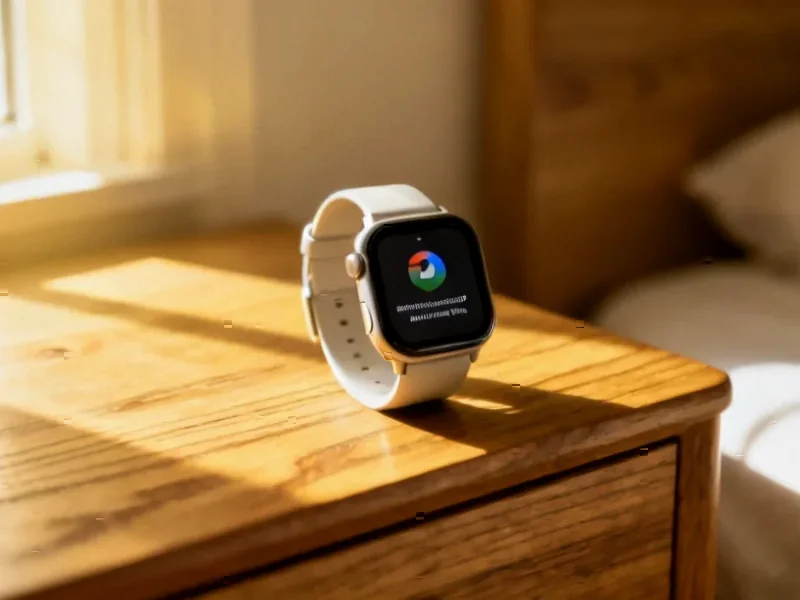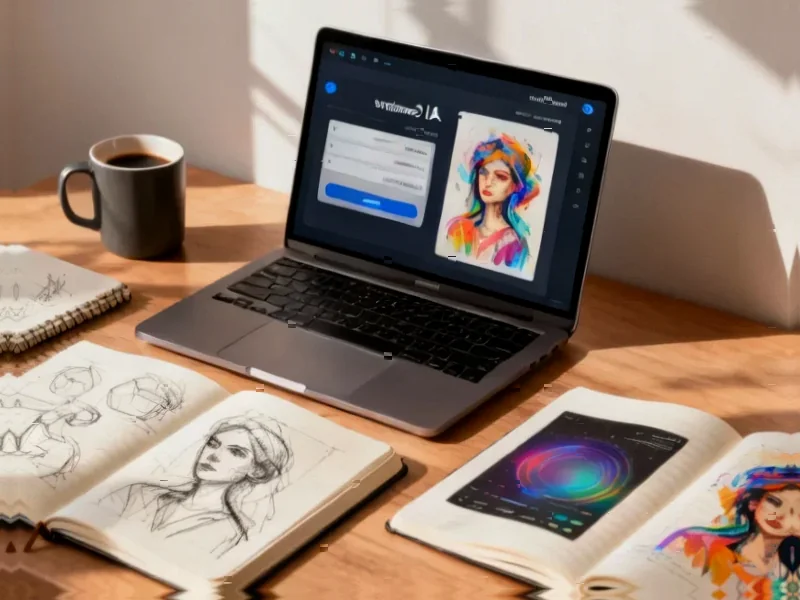According to SamMobile, Samsung has launched the 2025 Odyssey Cup Counter-Strike 2 championship across Southeast Asia and Oceania, featuring national qualifiers running from November 7 to November 30 across eight participating countries. The grand finals will take place in Kuala Lumpur, Malaysia from December 12-14, with Red Bull returning as a key partner for the second consecutive year. The tournament showcases Samsung’s Odyssey OLED G60SF gaming monitor boasting a 500Hz refresh rate, which originally launched in the USA earlier this year at $999 but is currently available at a discount. This high-refresh display technology is positioned as ideal for fast-paced esports titles where split-second reactions determine victory.
The Display Technology Arms Race Intensifies
What Samsung is demonstrating with this tournament goes beyond simple product placement—it’s a strategic move in the escalating display technology arms race. While 144Hz and 240Hz monitors have become mainstream for competitive gaming, 500Hz represents the new frontier where manufacturers are competing for esports credibility. The timing is particularly strategic given that Samsung’s regional tournament announcement comes during a period when display innovation has somewhat plateaued for average consumers. By associating their highest-refresh technology with one of the world’s most watched esports titles, Samsung is creating a halo effect that will influence purchasing decisions across their entire monitor lineup.
The Esports-Hardware Symbiosis
This tournament represents the deepening relationship between hardware manufacturers and competitive gaming ecosystems. For display companies like Samsung, esports provides the perfect validation environment where professional players can demonstrate tangible advantages of high-refresh technology. Counter-Strike 2 specifically serves as an ideal showcase because its gameplay mechanics heavily reward visual clarity and responsiveness. The partnership creates a virtuous cycle: professional players get access to cutting-edge equipment, while manufacturers gain authentic endorsements from competitors whose livelihoods depend on performance advantages. This symbiotic relationship has become increasingly sophisticated, moving beyond simple sponsorship to integrated technology validation.
Southeast Asia’s Growing Esports Significance
Samsung’s choice of Southeast Asia and Oceania for this tournament reflects the region’s growing importance in the global esports landscape. Markets like Malaysia, Thailand, and the Philippines have seen explosive growth in both competitive gaming participation and viewership. The regional focus allows Samsung to target markets where gaming hardware adoption is still accelerating, potentially capturing new customers early in their upgrade cycles. Additionally, holding the finals in Kuala Lumpur positions Samsung at the center of a rapidly developing esports infrastructure in a region that’s becoming increasingly important for both game publishers and hardware manufacturers seeking growth beyond saturated Western markets.
The Trickle-Down Effect on Consumer Expectations
While 500Hz monitors currently represent the extreme high end of the market, tournaments like the Odyssey Cup create a trickle-down effect that reshapes consumer expectations across all price points. As professional players validate the advantages of ultra-high refresh rates, mainstream gamers begin seeking similar technology in more affordable displays. This creates pressure on manufacturers to bring higher refresh rates to mid-range products while maintaining the premium positioning of their flagship models. The psychological impact is significant—once gamers see professionals competing at 500Hz, even 240Hz begins to feel inadequate, driving continuous upgrade cycles that benefit the entire display industry.
The Technical Reality Behind the Marketing
While 500Hz represents an impressive technical achievement, the practical benefits for most gamers warrant careful consideration. The difference between 240Hz and 500Hz becomes increasingly marginal for all but the most elite competitive players. Human reaction times and the limitations of current gaming hardware mean that many users won’t perceive the full benefit without specialized training and optimal conditions. However, the psychological advantage and marketing impact cannot be underestimated. For display manufacturers, pushing these boundaries serves both technical innovation and brand positioning, even if the practical applications remain niche for the immediate future.




